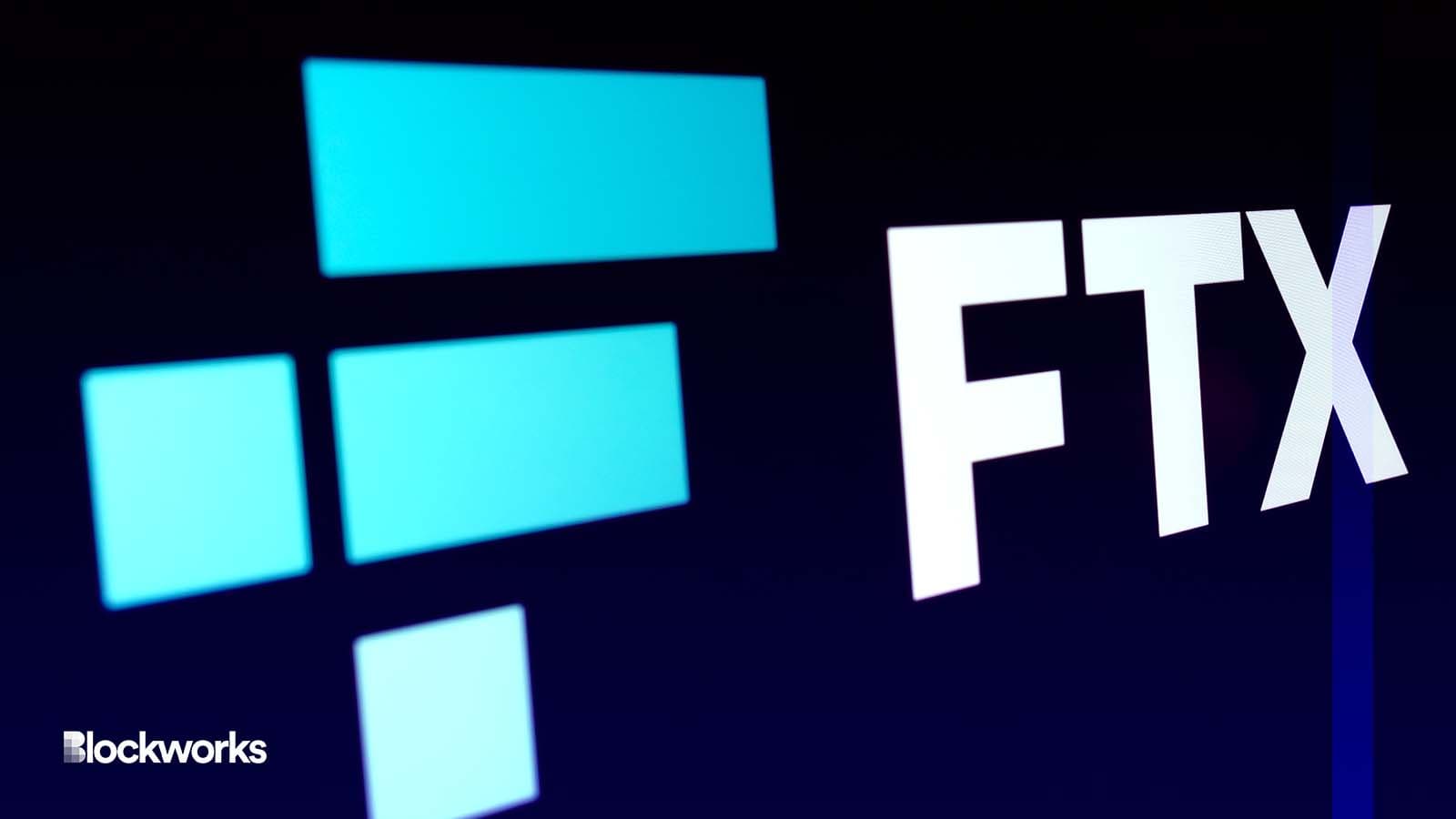Nexus Mutual Pays Out Over $5M to FTX, BlockFi Users
FTX-related claims approved by Nexus Mutual have ranged from $6,500 to $1.15 million

mundissima/Shutterstock.com modified by Blockworks
Nexus Mutual has so far paid out nearly $5 million to FTX and BlockFi users who filed claims several months after the now-bankrupt companies halted customer withdrawals.
The protocol, built on Ethereum, providers infrastructure for users to buy cover, underwrite risk, assess claims and build risk management businesses.
Nexus Mutual’s Custody Cover products protect against a loss of funds for cryptoassets that are held in a custodial account. Cover costs vary, ranging from 2.6% to 10% per year.
Members who bought into the protection had to wait 90 days from when withdrawals were halted before filing claims and were required to provide off-chain proof of loss.
FTX filed for bankruptcy on Nov. 11, and founder Sam Bankman-Fried stepped down as CEO. Bankman-Fried was later arrested and accused of wire fraud and money laundering — charges to which he pleaded not guilty.
BlockFi declared bankruptcy a couple weeks later, saying it had “significant exposure to FTX.”
The insurance alternative has approved and paid out 19 claims — worth roughly $4.9 million — to retail and institutional users who held FTX Custody Cover when withdrawals were halted. The largest claim approved totaled $1.15 million, with the smallest payout being $6,500 worth of ether (ETH).
One FTX user, identified as Scott L., who had his $50,000 claim approved by Nexus Mutual, said in a statement he bought cover for Kraken after the payout.
Three FTX claims were denied, with two of those being resubmitted and ultimately paid out. The third one was declined due to a member’s cover expiring in mid-October.
In addition to the FTX payouts, two claims have been paid out to BlockFi users totaling $30,000.
An estimated 24 additional FTX- and BlockFi-related claims can be filed if people who held cover suffered a loss due to halted withdrawals, according to Nexus Mutual.
Nexus Mutual founder Hugh Karp said the firm expects some more claims over the next few weeks, estimating total claim payouts could total between $6 million and $7 million.
He told Blockworks the crypto industry can’t rely on traditional government agencies to protect users.
Rep. Ritchie Torres, D-N.Y., in December called for the Government Accountability Office to look into the SEC and its “failure to protect the investing public” from FTX — saying Gensler was “singularly responsible.”
“Instead we must build our own solutions,” Karp said. “Nexus Mutual paying FTX and BlockFi claims demonstrates that not only can it be done, but community-built solutions are much more effective.”
With the latest payouts, Nexus Mutual has returned a total of $15 million to people who lost crypto.
The protocol distributed more than $5 million to those who booked losses related to the Rari Capital hack last April — and nearly $2.5 million to members impacted by the attack on Yearn Finance in 2021.
Start your day with top crypto insights from David Canellis and Katherine Ross. Subscribe to the Empire newsletter.





